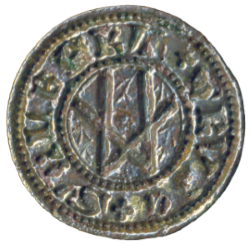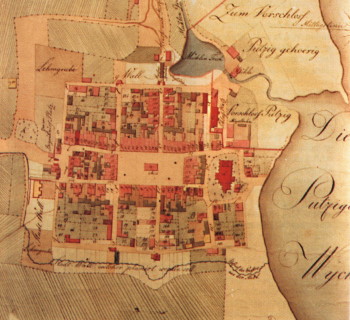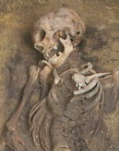Syllabus
 The aim of the bioarchaeology fieldschool is to introduce modern methods of exploration,
documentation and
conservation of human remains from archaeological excavations.
The aim of the bioarchaeology fieldschool is to introduce modern methods of exploration,
documentation and
conservation of human remains from archaeological excavations.
During the theoretical introduction, the participants will be familiarised with different strategies of graves and burials excavation, documentation required for describing the context of the found human remains, as well as recording the information concerning the grave and burial itself. The strict exploration techniques guide will be followed by an introduction to methods used in conservation and preservation of excavated human remains according to the state of preservation and conditions that the remains were found in. As the excavations will take place in the direct vicinity of the historic church building a short explanation of basics archaeology of architecture will be provided.
The knowledge gained during the introduction will be implemented during the fieldwork when participants will form the archaeological excavation team.



